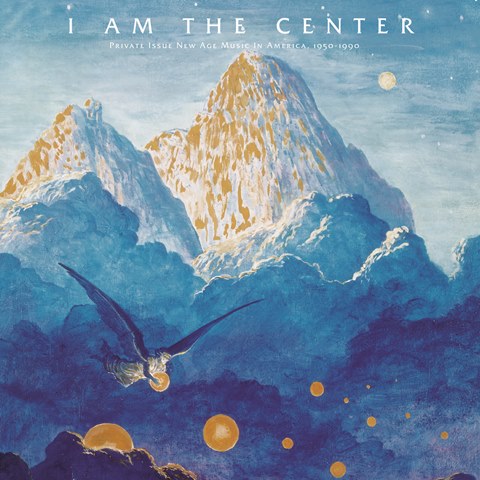 Various Artists: I am the Center – Private Issue New Age Music in America, 1950–1990
Various Artists: I am the Center – Private Issue New Age Music in America, 1950–1990
A landmark reissue either retells a familiar story in a new way or tells an unfamiliar story in a way that fascinates. In both cases, the annotation, packaging, sequencing and track list has to be exemplary. I am the Center succeeds on all counts.
This beguiling, extraordinary, perception-altering two-CD set (also available as three albums) is the first widely available collection to assess and reassess the music which accompanied America’s espousal of a fresh form of spiritualty in the aftermath of the psychedelic era. Although much of what’s heard is what might be expected stylistically, it’s as important as Lenny Kaye’s Nuggets was to redefining the narrative of America’s music of the Sixties.
Although definitions of new age are fluid, new age music is easier to get a handle on despite the liner notes claim that “so many declarative statements to make of the subject of new age music and so little time”. Iasos, whose Inter-Dimensional-Music album was issued in 1975, says he strove to “create music that could transport you to Godlike spaces, heavenly spaces, spiritual spaces and keep you there for sustained periods of time”. The music found on cassettes and privately pressed albums in lifestyle shops was about creating and sustaining a mood. It was environmental music.
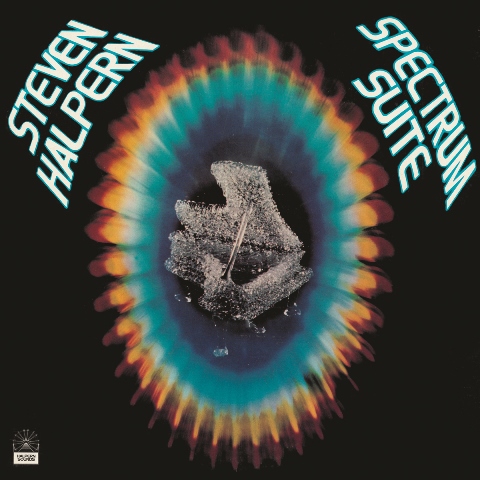 In time, the ECM and Windham Hill labels would dominate the market. Kitarō became the most recognisable name. Eno drew from new age just as he had ransacked Krautrock. But with limited marketing and no ambition for success, many artists operated – quite sustainably – outside the mainstream. Harpist Joel Andrews says in the accompanying book that “he would rather heal one listener than entertain thousands”. Steven Halpern led the way in 1975 with his popular album Spectrum Suite.
In time, the ECM and Windham Hill labels would dominate the market. Kitarō became the most recognisable name. Eno drew from new age just as he had ransacked Krautrock. But with limited marketing and no ambition for success, many artists operated – quite sustainably – outside the mainstream. Harpist Joel Andrews says in the accompanying book that “he would rather heal one listener than entertain thousands”. Steven Halpern led the way in 1975 with his popular album Spectrum Suite.
The set opens with a recording of a composition by GI Gurdjieff made in 1950 (Gurdjieff’s own harmonium recordings are available on the Basta label). It ends with Alice Damon’s “Waterfall Winds”, recorded in 1990. It was first heard on a cassette titled Windsong II. Windsong I has not resurfaced. The sound of a waterfall is veneered with plangent guitar and an ecstatic, ethereal vocal. The distance between this and The Cocteau Twins is minimal.
In between are synthesiser epics drawing from Terry Riley and Steve Reich. Instead of using repetition to plug gaps in the sonic palette, they use it to create space – as if Philip Glass’s soundtracks were stripped of all adornment and fancy. This is where Iasos triumphs. Elsewhere, the music may be built around gongs, vocal chants, Indian instruments, Laraaji's autoharp (listen to Laraaji’s “Unicorns In Paradise” overleaf), flutes or the violin but as I am the Center progresses, it becomes clear the source of the sound doesn’t matter: it is the intent which counts. One track does not jar against another as successfully attaining a commonly sought mood creates a consistency.
Whether the 20 composers assembled here were of one mind is intriguing. They were all seeking and describing the spiritual with their music. But they operated separately. Now, brought together for the first time, they appear to speak with one voice.
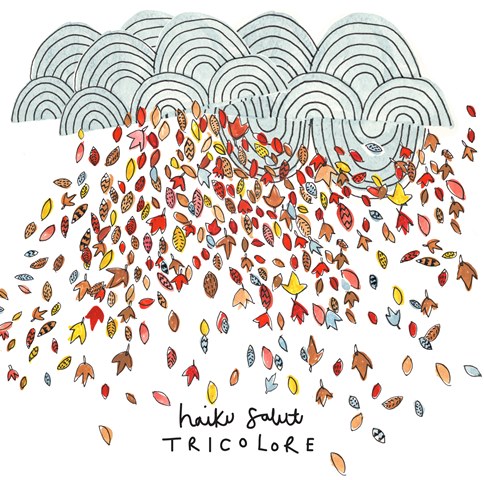 Haiku Salut: Tricolore
Haiku Salut: Tricolore
Derbyshire’s Haiku Salut probably aren’t dyed-in-the-wool new agers, but the reissue of their album – making it available widely for the first time – suggests they wouldn’t run too far if someone suggested crystals had energies they could draw from. This is open-minded music. The seam they tap into is organic, yet they employ minimal colour from electronica.
That implies that Haiku Salut are what might have been labelled folktronica, the clunky designation which did nothing to hamper Tunng or Beth Orton but did suggest some laboratory-born hybrid which would always fall between two stools. Handily, Tricolore – named for the three primary colours – sits apart from either folk or electronica despite nodding towards both.
If Haiku Salut have any brethren it would be the Icelandic band mũm, another outfit concerned with making the minimal into the whole without sacrificing intimacy. This is a lovely album which speaks quietly. Indeed, Haiku Salut do not speak on stage. The music is enough.
Listen to Laraaji’s “Unicorns In Paradise” from I am the Center – Private Issue New Age Music in America, 1950–1990

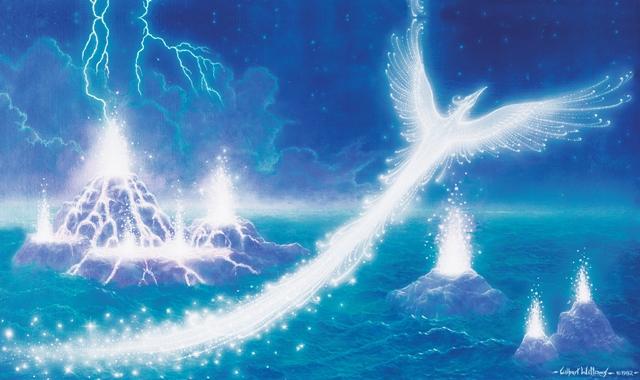









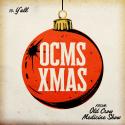
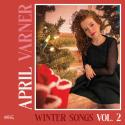
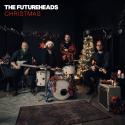

Add comment